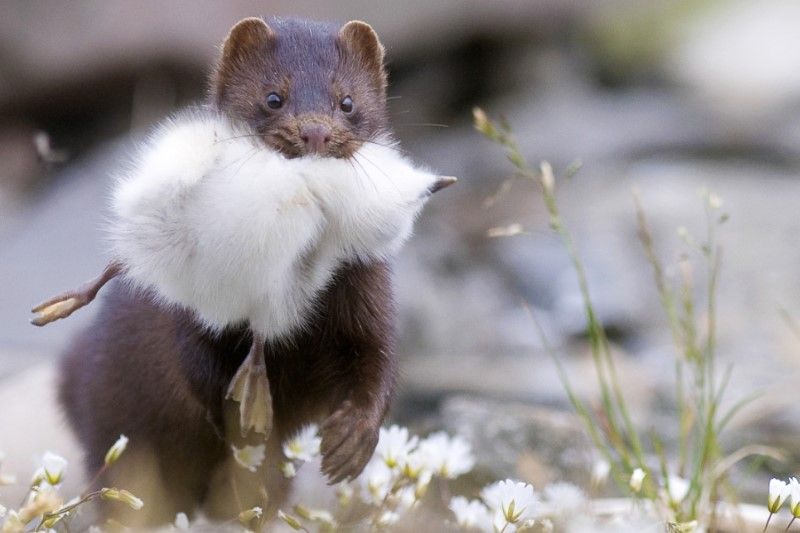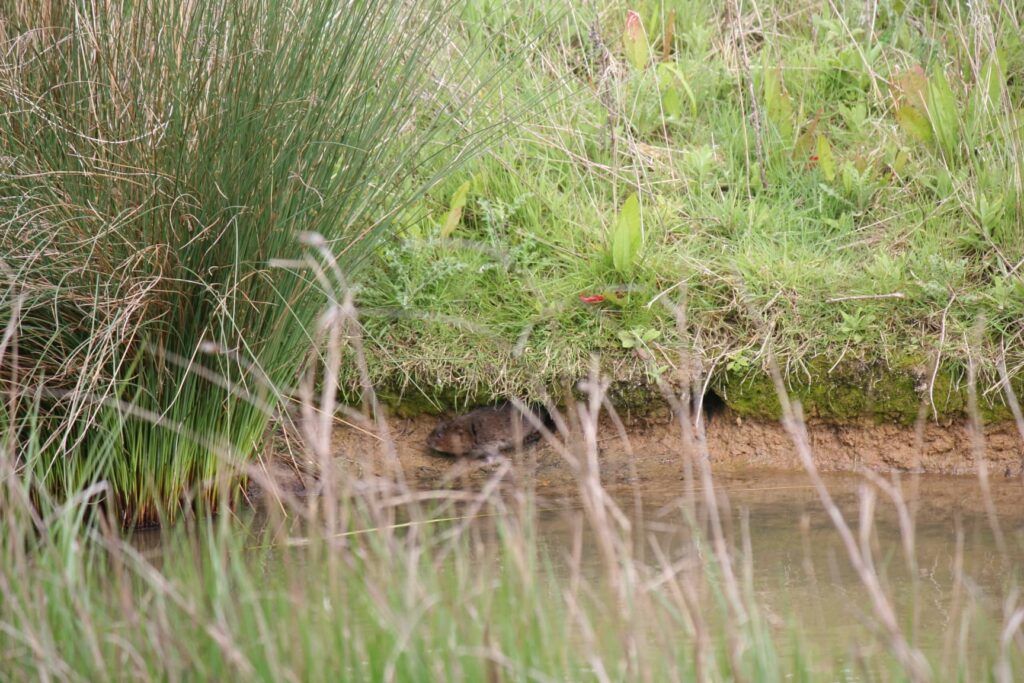A successful predator with a big appetite
Britain’s waterways support a diversity of our native wildlife as they meander through tranquil verdant landscapes and bustling urban centres. Yet, an ominous threat lurks on the banks, imperilling the delicate natural balance. Enter the American mink (Neovison vison), a successful predator with a big appetite and a productive breeding capacity.
American mink were brought to the UK in the early 20th century for fur farming. However, escapees and deliberate releases led to feral populations establishing themselves. Mink belong to the Mustelidae family, along with weasels, otters, and ferrets. Mink are sleek, carnivorous, solitary animals with few natural predators, and pose a significant threat to our native wildlife, in particular, our humble water voles.
A threat to native wildlife
The devastating impact of mink on water voles in Britain is undeniable, with water voles experiencing a staggering 90% population decline by the turn of the millennium. Habitat loss played a role, but the pressure from mink predation dealt the most severe blow to our favourite riverside rodent. Water voles were made famous by Kenneth Grahame’s Wind in the Willows, where the main character, “Ratty”, was actually a water vole.
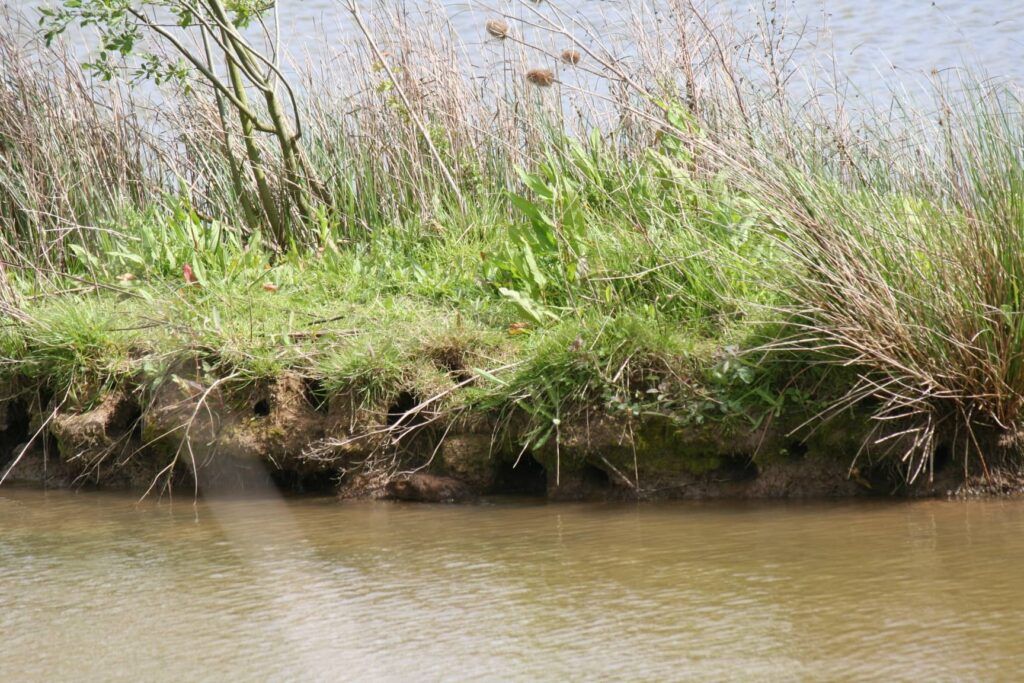
Mink are excellent hunters and strong swimmers. They navigate waterways effortlessly, entering water vole burrows and quickly killing off small colonies. They also hunt fish, birds, eggs, amphibians, and other small animals. Their habitat adaptability is highlighted by their wide-ranging distribution, with sightings from the Scottish Highlands to urban canals in London.
Mink control efforts are proving successful
Although there are mink control projects in effect across Britain, none have claimed total eradication, until now. Amidst the challenges and pressures we face from mink, there are glimmers of hope. Mink can be caught in cage traps that sit on floating rafts. They are incredibly inquisitive animals, and love investigating tunnels in the hope of finding prey. The Game and Wildlife Conservation Trust (GWCT) invented the now distinctive “mink raft” – a floating platform with a tunnel on top where a cage trap can be inserted. However, by law, active cages must be checked every day to avoid animals being trapped for more than 24 hours. Checking traps daily requires huge amounts of volunteer time and effort, and most organisations don’t have enough capacity for this.
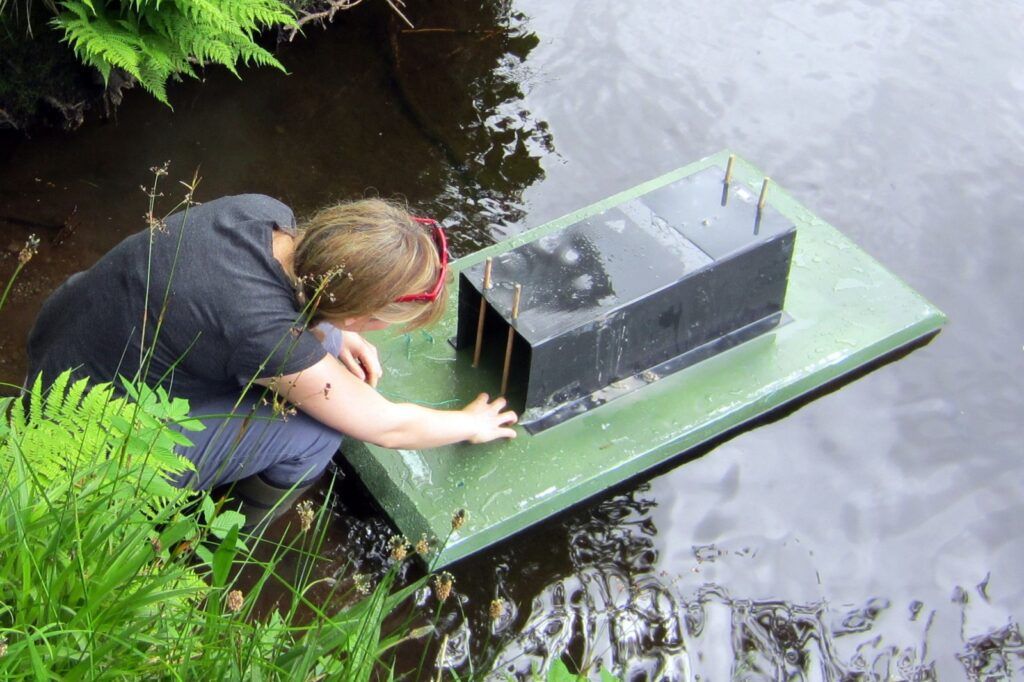
In East Anglia, the Waterlife Recovery Trust (WRT) spearheaded a regional-scale mink eradication project. In 2020, over 500 mink rafts were deployed across East Anglia which have since been monitored by trained volunteers and staff. Each mink raft was fitted with a small white box containing remote monitoring technology. This transformed a traditional mink raft into what we are now calling “smart rafts”. The remote monitoring software sends an email and text alert to its user, notifying them of cage door activations and allowing dispatchers to respond quickly, thus reducing the time animals are trapped before being humanely dispatched. The rafts were improved even more by the use of scent lures; pungent anal gland secretions were harvested from dispatched mink, and these were placed on rafts to attract other mink into the traps which was very effective.
Since volunteers weren’t required to check traps daily, thanks to the remote monitoring technology, they were able to manage multiple smart rafts concurrently. This increased the regional trapping effort greatly. And their trapping efforts have been so effective that other animals like water voles and moorhens sometimes end up in the cages too, so it’s important that these are attended to and released quickly.
Water voles are bouncing back in targeted areas
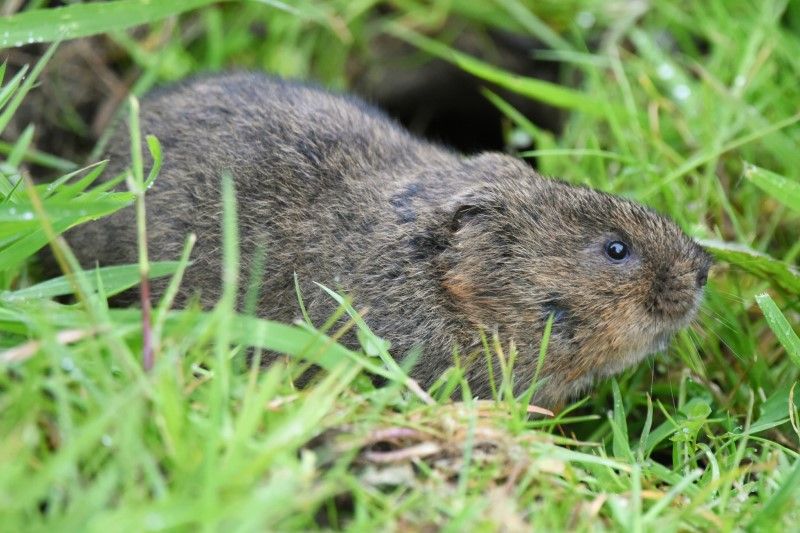
In 2023, no evidence of breeding mink was found within the project’s Core Area, which covers 5,852km2 or about 5% of England. This success shows that the dream of a mink-free Britain is now more realistic than ever. Water voles are beginning to thrive in East Anglia, although their populations are still only a fraction of what they were 50 years ago.
Meanwhile, ongoing monitoring of mink is still very important across Britain – any sightings should be recorded to Local Environmental Record Centres as soon as possible. Ongoing annual water vole surveys, such as PTES’ National Water Vole Monitoring Programme, also asks volunteers to record mink signs, too.
A difficult topic
We love animals here at PTES. Yet, the sustainable solution for fully protecting our water voles is to remove mink from our shores. Only then will water voles have a fighting chance of stepping back from the brink of extinction. If we did nothing, mink populations would grow exponentially and wipe out every last water vole, alongside countless other animals and birds.
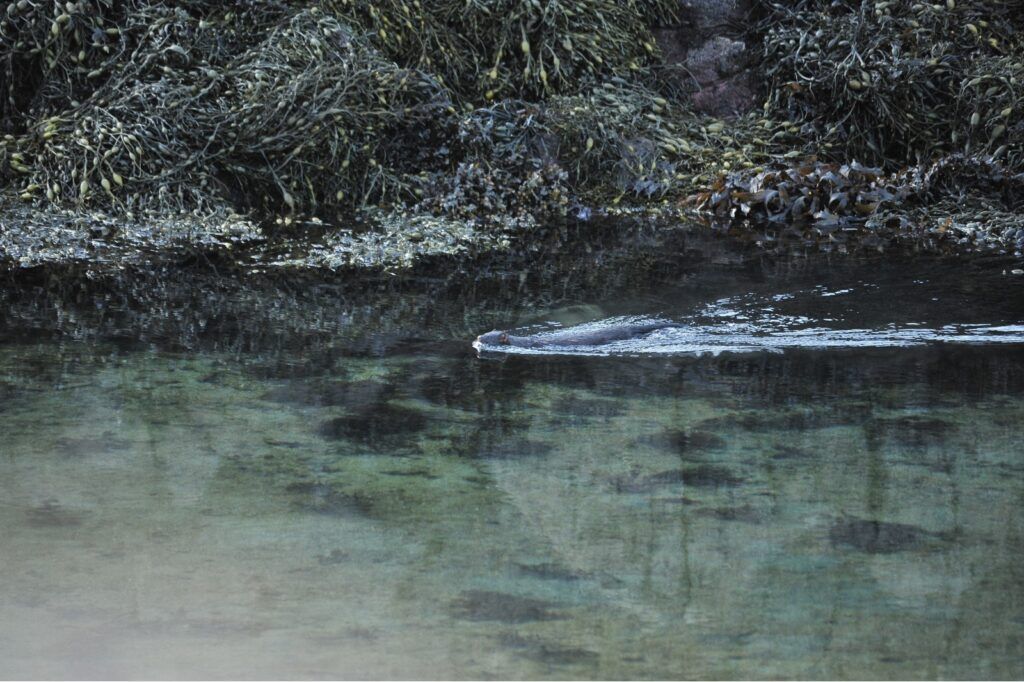
Indeed, the mink that are here are well-established, intelligent, wild animals, and every effort is made to ensure their welfare is paramount. Female mink are only trying to feed their kits, and they do not hibernate so they continue to hunt our native wildlife throughout winter. The individual mink that are culled as part of eradication projects are just as much victims of this whole situation as the water voles. If Britain launched a nationwide mink eradication effort using smart rafts, scent lures, and well-trained dispatchers, staff and volunteers, ultimately this would result in a quicker end to the problem and fewer mink would be born and killed.
The future for water voles looks brighter
The success of the Waterlife Recovery Trust’s first three years of mink eradication brings hope that a century of destruction caused by mink can be brought to an end, and, as the project now expands westwards into eight further counties – from Lincolnshire to London – hopefully much sooner than we imagined.
Header image credit Stephan Morris | Shutterstock.com

